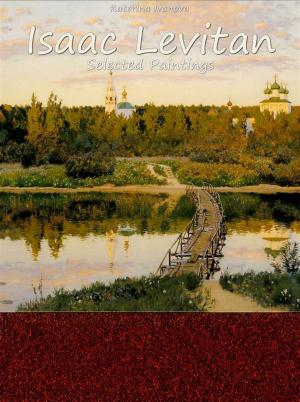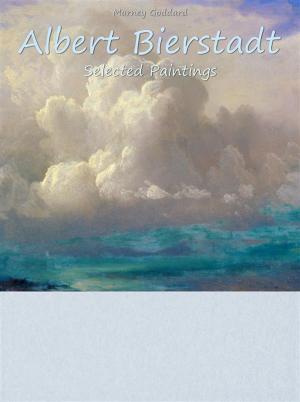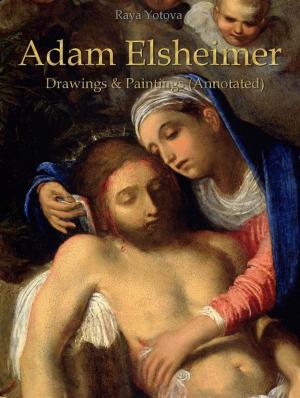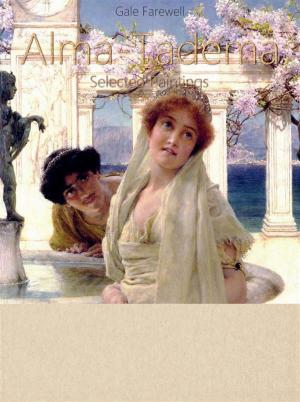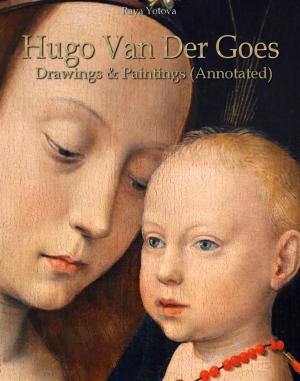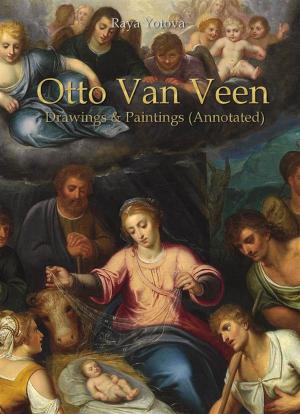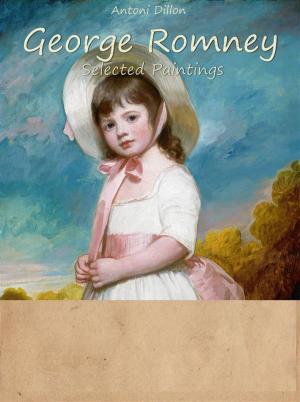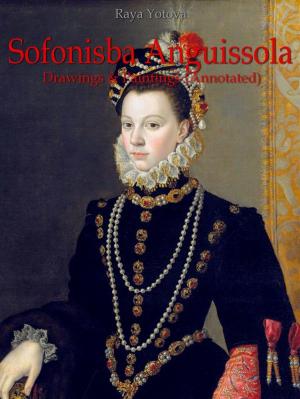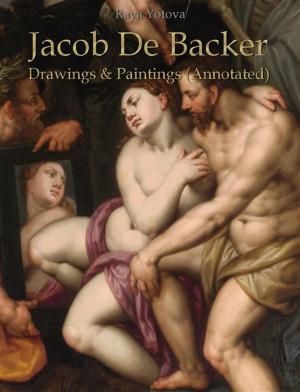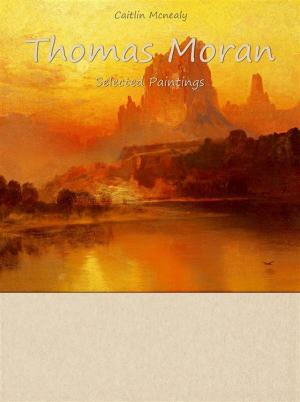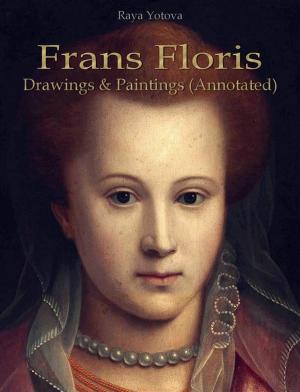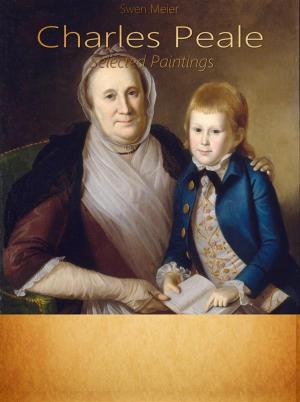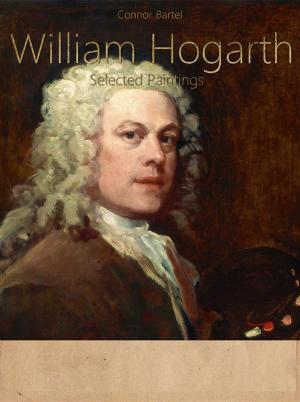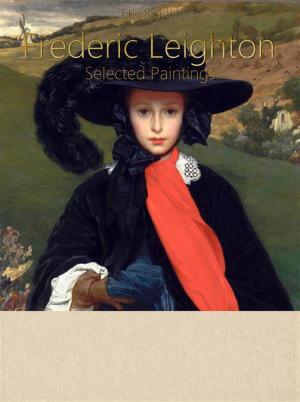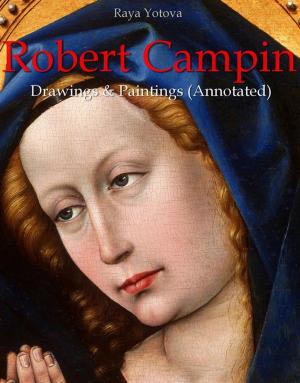William Merritt Chase: Selected Paintings (Colour Plates)
Nonfiction, Art & Architecture, General Art, Art History, American| Author: | Samuele Bronk | ISBN: | 9788826099484 |
| Publisher: | Publisher s13381 | Publication: | October 18, 2017 |
| Imprint: | Language: | English |
| Author: | Samuele Bronk |
| ISBN: | 9788826099484 |
| Publisher: | Publisher s13381 |
| Publication: | October 18, 2017 |
| Imprint: | |
| Language: | English |
William Merritt Chase (1849 – 1916) was an American painter, known as an exponent of Impressionism and as a teacher. He is also responsible for establishing the Chase School, which later would become Parsons The New School for Design.
Chase worked in all media. He was most fluent in oil painting and pastel, but also created watercolor paintings and etchings.
He is perhaps best known for his portraits, and his sitters including some of the most important men and women of his time. His portrait of painter Lydia Field Emmet in 1892 depicts Emmet in a pose typically reserved for men in old masters' paintings. Emmet's hand is on her hip and she looks over her shoulder at the audience.
Chase also frequently painted his wife Alice and their children, sometimes in individual portraits, and other times in scenes of domestic tranquility: at breakfast in their backyard, or relaxing at their summer home on Long Island, the children playing on the floor or among the sand dunes of Shinnecock. In an 1895 painting titled A Friendly Call, his wife is depicted wearing a yellow dress and entertaining a caller dressed in white.
In addition to painting portraits and full-length figurative works, Chase began painting landscapes in earnest in the late 1880s. His interest in landscape art may have been spawned by the landmark New York exhibit of French impressionist works from Parisian dealer Durand-Ruel in 1886. Chase is best remembered for two series of landscape subjects, both painted in an impressionist manner. The first was his scenes of Prospect and Central Parks in New York; the second were his summer landscapes at Shinnecock. Chase usually featured people prominently in his landscapes. Often he depicted woman and children in leisurely poses, relaxing on a park bench, on the beach, or lying in the summer grass at Shinnecock. The Shinnecock works in particular have come to be thought of by art historians as particularly fine examples of American Impressionism.
William Merritt Chase (1849 – 1916) was an American painter, known as an exponent of Impressionism and as a teacher. He is also responsible for establishing the Chase School, which later would become Parsons The New School for Design.
Chase worked in all media. He was most fluent in oil painting and pastel, but also created watercolor paintings and etchings.
He is perhaps best known for his portraits, and his sitters including some of the most important men and women of his time. His portrait of painter Lydia Field Emmet in 1892 depicts Emmet in a pose typically reserved for men in old masters' paintings. Emmet's hand is on her hip and she looks over her shoulder at the audience.
Chase also frequently painted his wife Alice and their children, sometimes in individual portraits, and other times in scenes of domestic tranquility: at breakfast in their backyard, or relaxing at their summer home on Long Island, the children playing on the floor or among the sand dunes of Shinnecock. In an 1895 painting titled A Friendly Call, his wife is depicted wearing a yellow dress and entertaining a caller dressed in white.
In addition to painting portraits and full-length figurative works, Chase began painting landscapes in earnest in the late 1880s. His interest in landscape art may have been spawned by the landmark New York exhibit of French impressionist works from Parisian dealer Durand-Ruel in 1886. Chase is best remembered for two series of landscape subjects, both painted in an impressionist manner. The first was his scenes of Prospect and Central Parks in New York; the second were his summer landscapes at Shinnecock. Chase usually featured people prominently in his landscapes. Often he depicted woman and children in leisurely poses, relaxing on a park bench, on the beach, or lying in the summer grass at Shinnecock. The Shinnecock works in particular have come to be thought of by art historians as particularly fine examples of American Impressionism.

